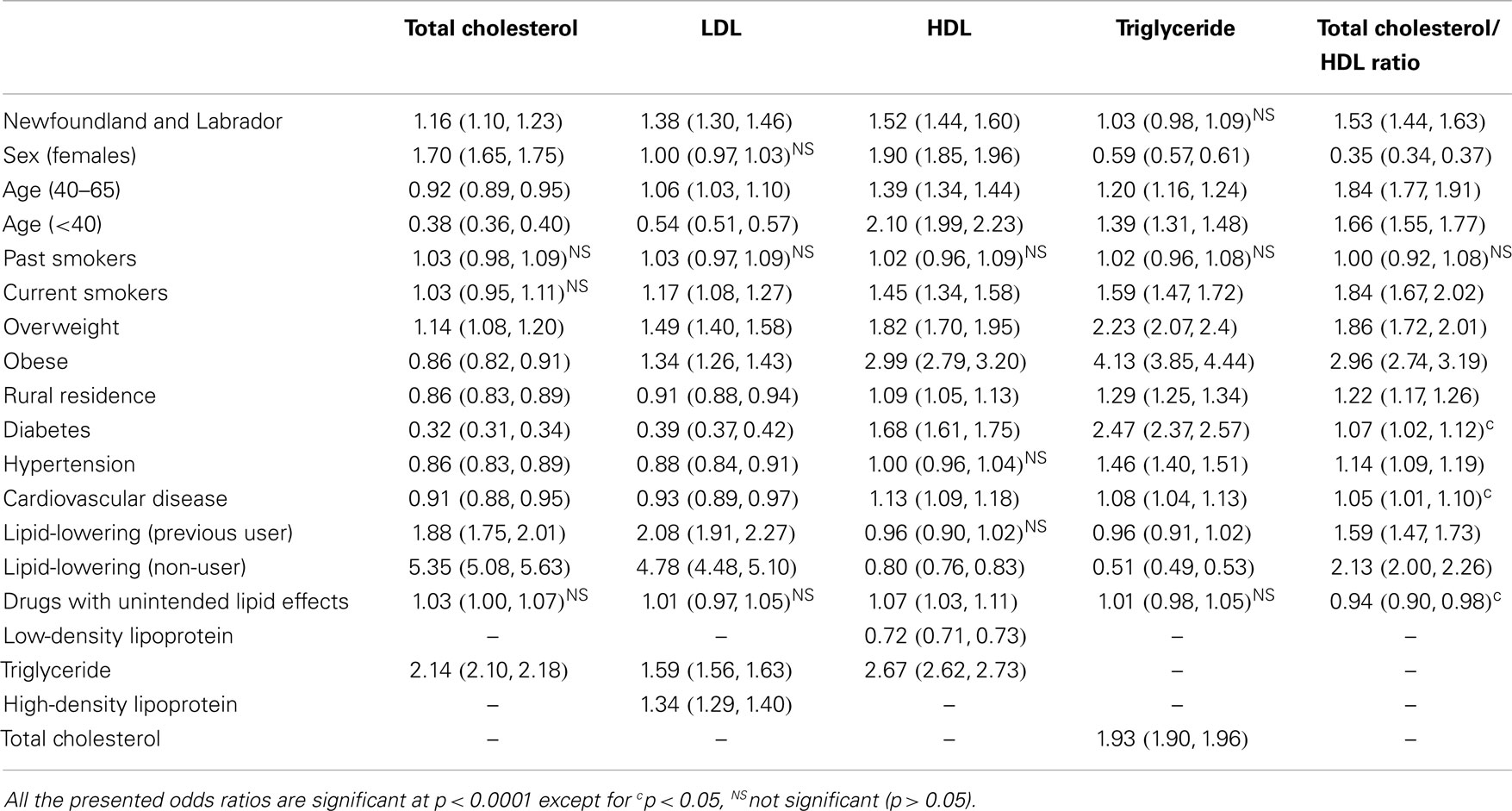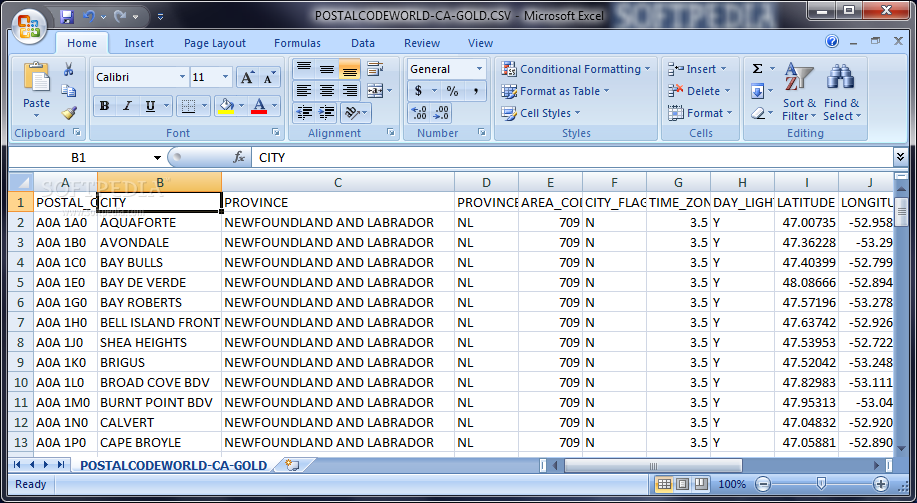A Canadian postal code is a six-character that forms part of a in. Like, and postcodes, Canada's are. They are in the format A1A 1A1, where A is a letter and 1 is a digit, with a space separating the third and fourth characters.
As of September 2014, there were 855,815 postal codes using Forward Sortation Areas from A0A on to Y1A in. Provides a free postal code look-up tool on its website, via its mobile application, and sells hard-copy directories and. Many vendors also sell validation tools, which allow customers to properly match addresses and postal codes. Hard-copy directories can also be consulted in all post offices, and some libraries. When writing out the postal address for a location within Canada, the postal code follows the. Contents.
History City postal zones Numbered postal zones were first used in in 1925. Mail to a Toronto address in zone 5 would be addressed in this format: 37 Bloor Street West Toronto 5, Ontario As of 1943, Toronto was divided into 14 zones, numbered from 1 to 15, except that 7 and 11 were unused, and there was a 2B zone. Postal zones were implemented in in 1944. By the early 1960s, other cities in Canada had been divided into postal zones, including, and as well as Toronto and Montreal. For example, an address in Vancouver would be addressed as: 804 Robson Street, Vancouver 1, B.
In the late 1960s, however, the Post Office began implementing a three-digit zone number scheme in major cities to replace existing one and two-digit zone numbers, starting in Montreal, Toronto and Vancouver. For example, an address in Metropolitan Toronto would be addressed as: 1253 Bay Street Toronto 185, Ontario Toronto's renumbering took effect 1 May 1969, accompanied by an advertising campaign under the slogan 'Your number is up'. However, with impending plans for a national postal code system, Postmaster General announced that the Post Office would begin cancelling the new three-digit city zone system. Companies changed their mail addressing at their own expense, only to find the new zoning would prove to be short-lived. Planning As the largest Canadian cities grew in the 1950s and 1960s, the volume of mail passing through the country's postal system also grew, to billions of items by the 1950s and tens of billions of items by the mid-1960s. Consequently, it became progressively more difficult for employees who handsorted mail to memorize and keep track of all the individual letter-carrier routes within each city. New technology that allowed mail to be delivered faster also contributed to the pressure for these employees to properly sort the mail.
A report tabled in the House of Commons in 1969 dealt with the expected impact of 'environmental change' on the Post Office operations over the following 25 years. A key recommendation was the 'establishment of a task force to determine the nature of the automation and mechanization the Post Office should adopt, which might include design of a postal code'. In December 1969, Communications Minister announced that a six-character postal code would be introduced, superseding the three-digit zone system. He later tabled a report in February 1970, entitled 'A Canadian Public Address Postal Coding System', submitted by the firm of Samson, Belair, Simpson, Riddell Inc. Implementation The introduction of the postal code began with a test in on 1 April 1971. Coding of Ottawa was followed by a provincial-level rollout of the system in, and the system was gradually implemented in the rest of the country from 1972 to 1974, although the nationwide use of the code by the end of 1974 was only 38.2 per cent. The introduction of such a code system allowed Canada Post to easily speed up and simplify the flow of mail in the country, with sorting machines being able to handle 26,640 objects an hour.


The objected to the automated sorting system mainly because the wages of those who ran the new automated machines were much lower than those who had hand-sorted mail. The unions ended up staging job action and public information campaigns, with the message that they did not want people and business to use postal codes on their mail. The union declared 20 March 1975 National 'Boycott the Postal Code' Day, also demanding a reduction in the work week from 40 to 30 hours.
The boycott was called off in February 1976. One 1975 advertisement in the Toronto magazine Byliner generated controversy by showing a man writing a postal code on the bottom of a woman with the following ditty: 'We're not 'stringing' you along, Use postal codes — you'll 'thing our 'thong', Don't be cheeky — you've all got 'em Please include them on the bottom.' The advertisement was denounced as 'sexist garbage' in the by MP, prompting an apology from. Canada was one of the last Western countries to get a nationwide postal code system. Components of a postal code.
Mail letters, ship parcels, grow your business or shop online—all at Canada Post. Postal Code Lookup. Enter any address in Canada to find the postal code.
Forward sortation areas A forward sortation area (FSA) is a geographical region in which all postal codes start with the same three characters. The first letter of an FSA code denotes a particular 'postal district', which, outside and, corresponds to an entire. Owing to Quebec's and Ontario's large populations, those two provinces are sub-divided into three and five postal districts respectively, and each has at least one urban area so populous that it has a dedicated postal district (' H' for the, and ' M' for ). On the other hand, the low populations in and the (NWT) mean that even after Nunavut separated from the Northwest Territories and became its own territory in 1999, they continue to share a postal district. The digit specifies if the FSA is urban or rural. A zero indicates a wide-area rural region, while all other digits indicate urban areas.
The second letter represents a specific rural region, an entire medium-sized city, or a section of a major metropolitan area. Is provided, divided into separate articles by postal district.
Individual FSA lists are in a tabular format, with the numbers (known as zones) going across the table and the second letter going down the table. The FSA lists specify all communities covered by each rural FSA. Medium-sized cities may have one dedicated FSA, while larger cities have more than one FSA within their limits. For FSAs spanning more than one city, the city which is allocated the most codes in each such FSA is listed.
For cities with a small number of FSAs (but more than one), the lists specify the relative location of each FSA in those cities. For cities with a large number of FSAs, applicable neighbourhoods and boroughs are specified. Table of all postal codes All Canadian postal codes are listed in the following links, organized by first letter.
Postal Code Canada Post
Look up ZIP Codes™ for corporate and residential addresses. ZIP Code by Address Enter street address, city, and state to see a specific ZIP Code. Note:. A ZIP Code result does not confirm that a person or company is at that address. If you searched for a company and did not get the results you expected, search again either without the company name or with a different version of the company name (e.g., full name or acronym). ZIP Codes by City and State Enter city and state to see all the ZIP Codes for that city. indicates either a city and state OR street address and ZIP Code combination are required.
Postal Code Canada Montreal
This tool can't confirm whether a company is actually located at a given address. Enter only English in all fields.